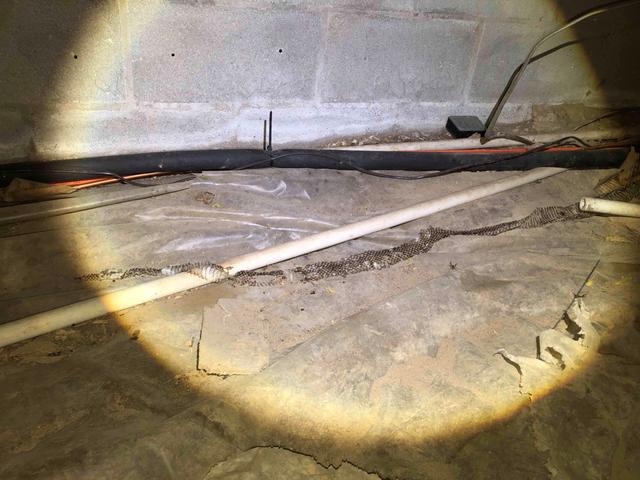
A Perfect home for Critters
Crawl spaces are an ideal environment for things that creep, crawl, and slither. This is just one of several snake skins we found in the crawl space. The damp, dark, undisturbed space makes a safe space for bugs, rodents, critters, and snakes. They create their own little ecosystem and food chain right under your feet. And since most people rarely go into the crawl space, they often go unnoticed until they find their way into the home.
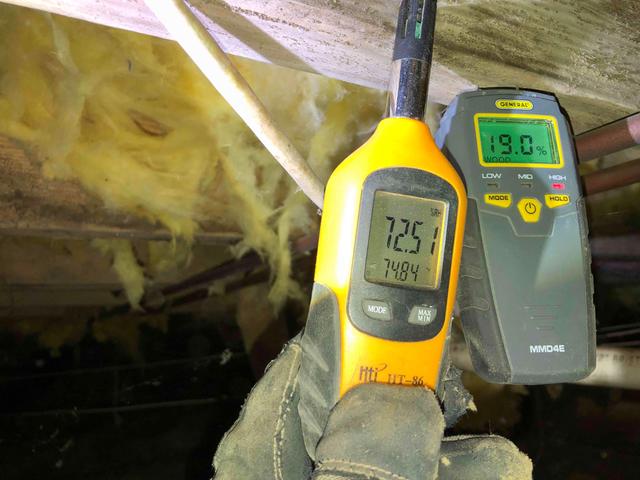
Humidity and Moisture
Humidity and moisture wreak havoc in a vented crawl space. Moisture floods in through open vents, from the earth, and gaps in the substructure raising the relative humidity. The moisture is absorbed by the fiberglass insulation and the floor joists causing damage to the substructure of the home. This crawl space has a relative humidity of 72.5%, which is above the 60% threshold that allows mold to grow. The wood moisture reading is at 19%, where the potential for wood rot to occur begins.
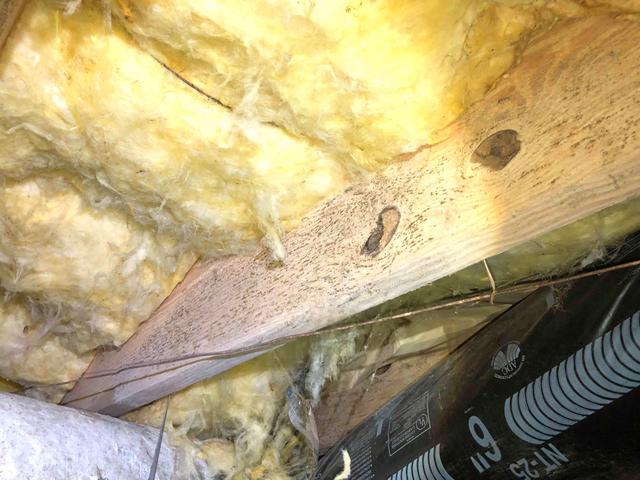
Mold and Mildew
Mold grows on the wood floor joists and paper backing of the insulation. All mold needs to grow on organic materials is high relative humidity and moderate temperatures. The microbial growth compromises the indoor air quality of the home because approximately 50% of the air inside the home comes from the crawl space. Homeowners may also notice that the air in the home seems humid or experience musty odors.
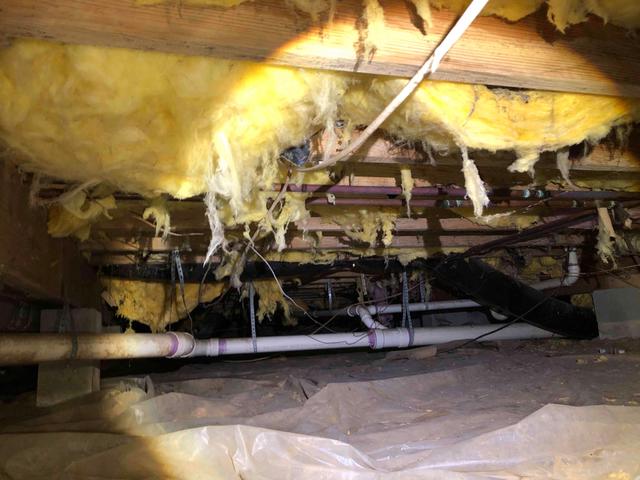
Falling Insulation
The Fiberglass insulation looks like it is dripping from the ceiling. This is a result of moisture damaging the material. As it gets wet, fiberglass becomes less effective as an insulator. The moisture degrades the material causing the fibers to separate from one another. The added weight of the moisture causes the batts to sag and eventually fall to the ground. Even the metal rods holding the insulation up rusts and eventually breaks due to the moisture.
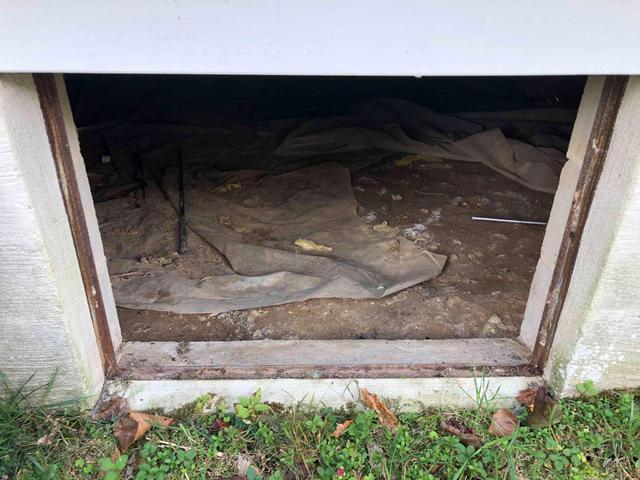
Vapor Barriers
The vapor barrier installed in most homes at construction or inspection for sale is a 6-mil. It is a flimsy material, similar to a trash bag. Its purpose is to protect the crawl space from the earth's moisture. However, when a 6-mil is installed, it is typically laid on the ground and U shaped pins are pushed through it to help keep it in place, creating holes where moisture can get in and weak spots that make the material easier to tear. The seams are not sealed, and the liner just runs to the wall, leaving the crawl space exposed to the earth's moisture. These 6-mil "barriers" do little to protect the crawl space from the earth's moisture and are easily torn and displaced.


